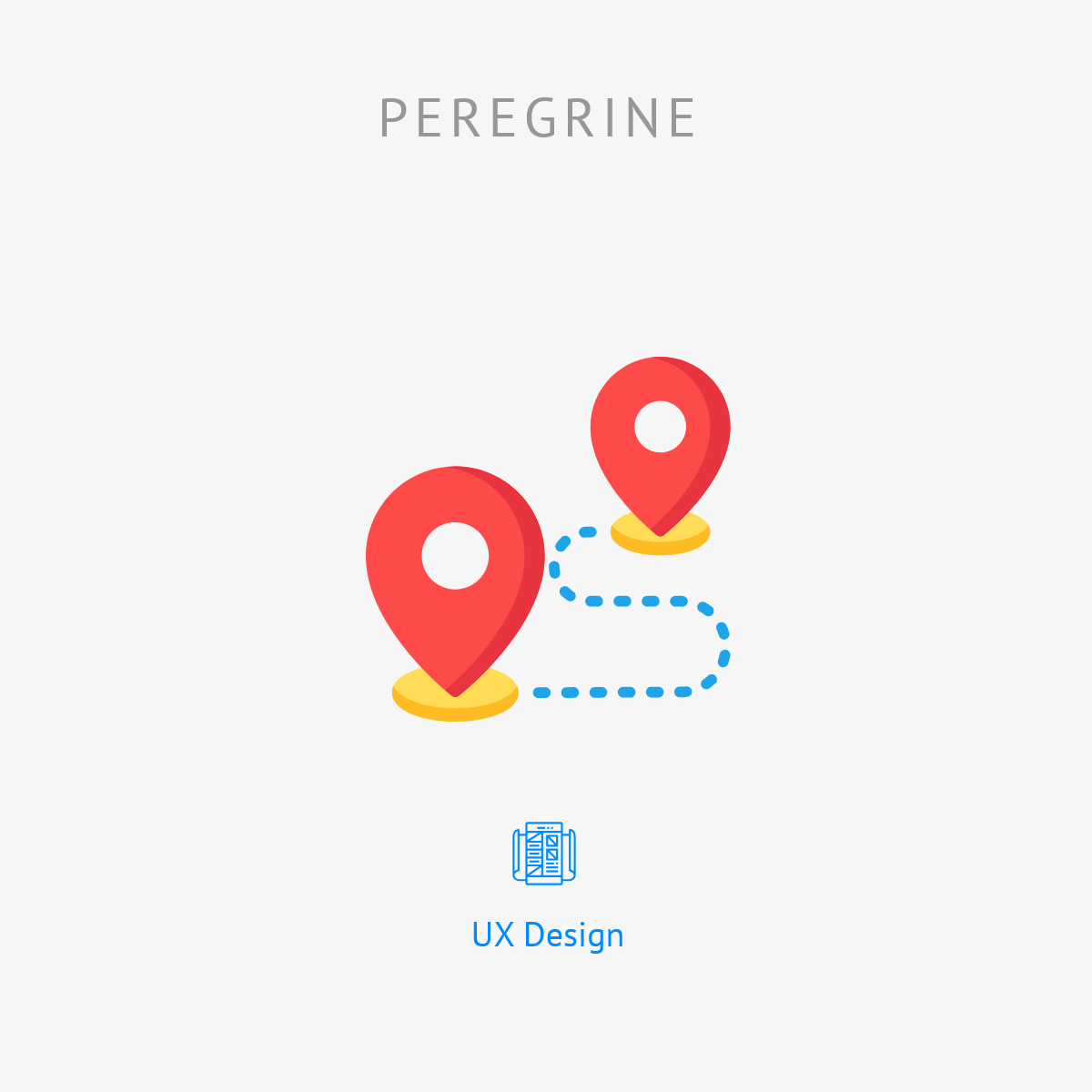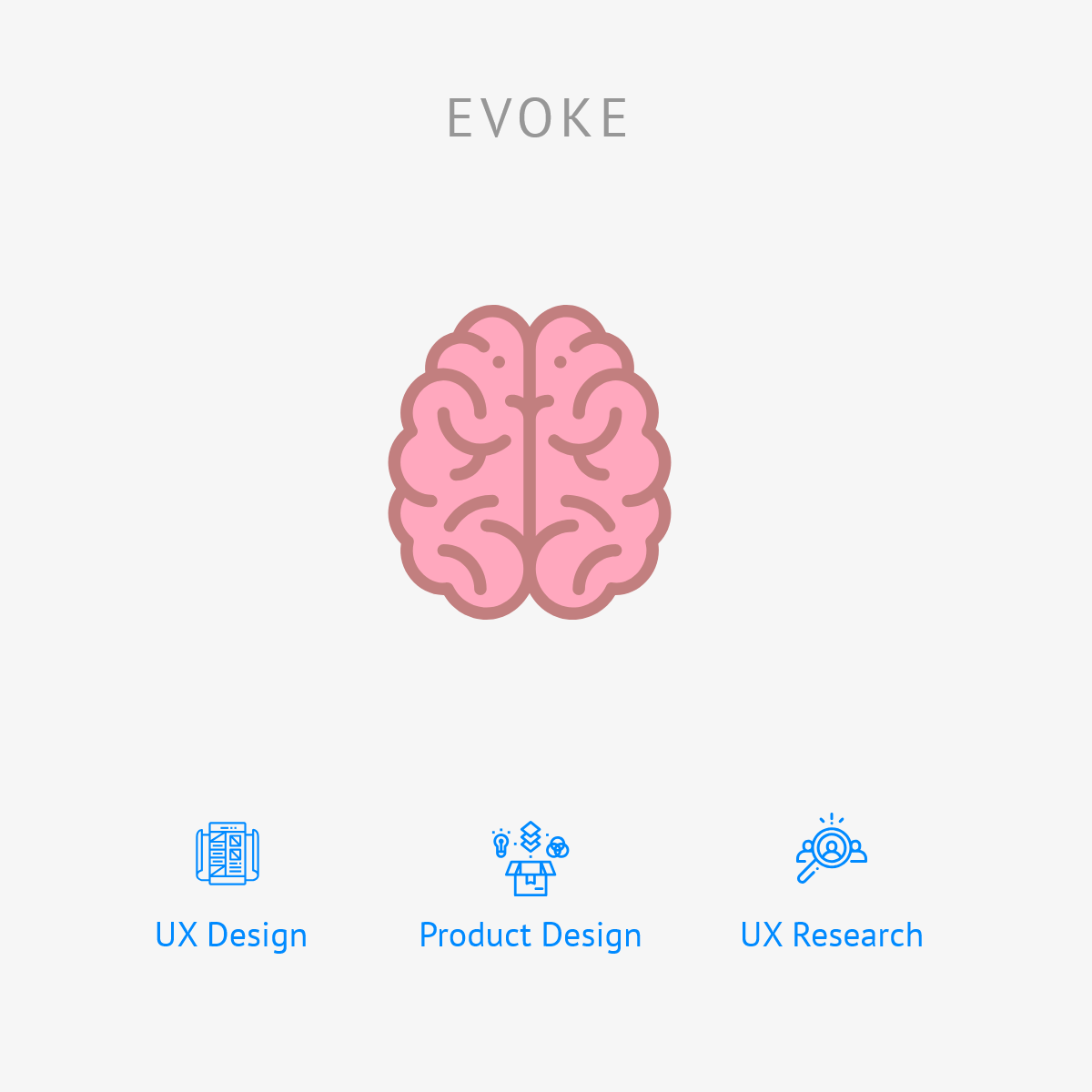Nurse server : An existing but problematic solution
After understanding the goals, constraints and features that my solution needed, I began to ideate on a new nurse server design:
1) That was smart and allowed 2-factor authentication and track access history
2) That was relatively easy and cheap to install and setup in existing hospital rooms.
3) That would track inventory to simplify restocking issues in existing nurse servers.
After sketching out a few nurse servers that expanded into workstations, I ran into several issues:
1) If the workstation for nurses near patient rooms had to be bigger, they could not stay in corridors as they are narrow.
2) If the workstation and server are accessed inside the patient room, it would take much longer for the pharmacist to restock medicines.
3) The space needed to build out a system like this would still be large.
And due to these thoughts I had a breakthrough in the project : What if the nurse server was accessible from both inside the patient room and from the corridor? It would mean using much less space in both the room and the corridor, and also make restocking easy. And to make the access of shelves easy, what if we could use a smarter system which would only allow access to the shelf that is needed?
MedSafe is a modern, smart nurse server. It's a cylindrical cabinet that mounts into the wall between a patient room and the corridor.
1) The shelves inside are modular and rotate about a shaft.
2) You choose what medication you need to access after a 2-step login from the display
3) The appropriate shelf rotates open to you. A green glow highlights the correct drawer.
4) While keeping the medicines on the workstation, the table automatically scans the dosage and kind of the pill, adding a fail-safe confirmation.
5) MedSafe keeps track of inventory and all the medicines it has. Syncing with the medication server and patient records, it knows what you need when you need.
6) When inventory for any pill runs low, it alerts the pharmacist who can restock it from the corridor itself.
MedSafe reduces medication errors arising out of:
1) Fatigue, by reducing walking time and distances.
2) Anxiety, by allowing a stress-free atmosphere for preparation.
3) Patient mismatch, by ending the need to carry multiple medications.
4) Medication mismatch, by ensuring scanning at each phase.
Features:
1) Stores almost all required medication within patient room.
2) Rotating door mechanism ensures storage can be accessed from within the room and the corridor.
3) Modular sizing of shelves allows for storage of multiple formats of medicines.
1) Fatigue, by reducing walking time and distances.
2) Anxiety, by allowing a stress-free atmosphere for preparation.
3) Patient mismatch, by ending the need to carry multiple medications.
4) Medication mismatch, by ensuring scanning at each phase.
Features:
1) Stores almost all required medication within patient room.
2) Rotating door mechanism ensures storage can be accessed from within the room and the corridor.
3) Modular sizing of shelves allows for storage of multiple formats of medicines.
Thanks for reading! Please reach out to me for more details.




